.jpg)
The National Abolition Hall of Fame and Museum in Peterboro, New York. The inaugural meeting of the New York State Anti-Slavery Society was held here in 1835.
.jpg)
Upstate New York was ground zero of the abolitionist movement. This sign appears on the former estate of Garrett Smith, an abolitionist who gave away massive tracts of land and major financial gifts to support the anti-slavery cause. The caption reads, “There are yet two places where slaveholders cannot come, Heaven and Peterboro.”
.jpg)
A barn on the Smith estate where runaway slaves were hidden — one of many stops in upstate New York on the Underground Railroad.
.jpg)
As this plaque in Canastota New York suggests, the Erie Canal was pivotal to the Underground Railroad, as escape by water proved faster in many cases than escape by land.
.jpg)
With popular Substack regionalist writer Andy Hickman, in the Adirondacks.
.jpg)
Guide Kevin shares more of the farm’s history…

Mary Eberstadt, Andrew Doran, and Kathryn Jean Lopez meeting with leadership of the national shrine of the North American Martyrs in Auriesville, New York in their visitors’ center. Three of the Jesuit missionaries — including Isaac Jogues — were murdered on these grounds. “The Lily of the Mohawks,” St. Kateri Tekakwitha was also born there. The shrine opened in 1885 and is currently maintained by the nonprofit Shrine of Our Lady of Martyrs, Inc.
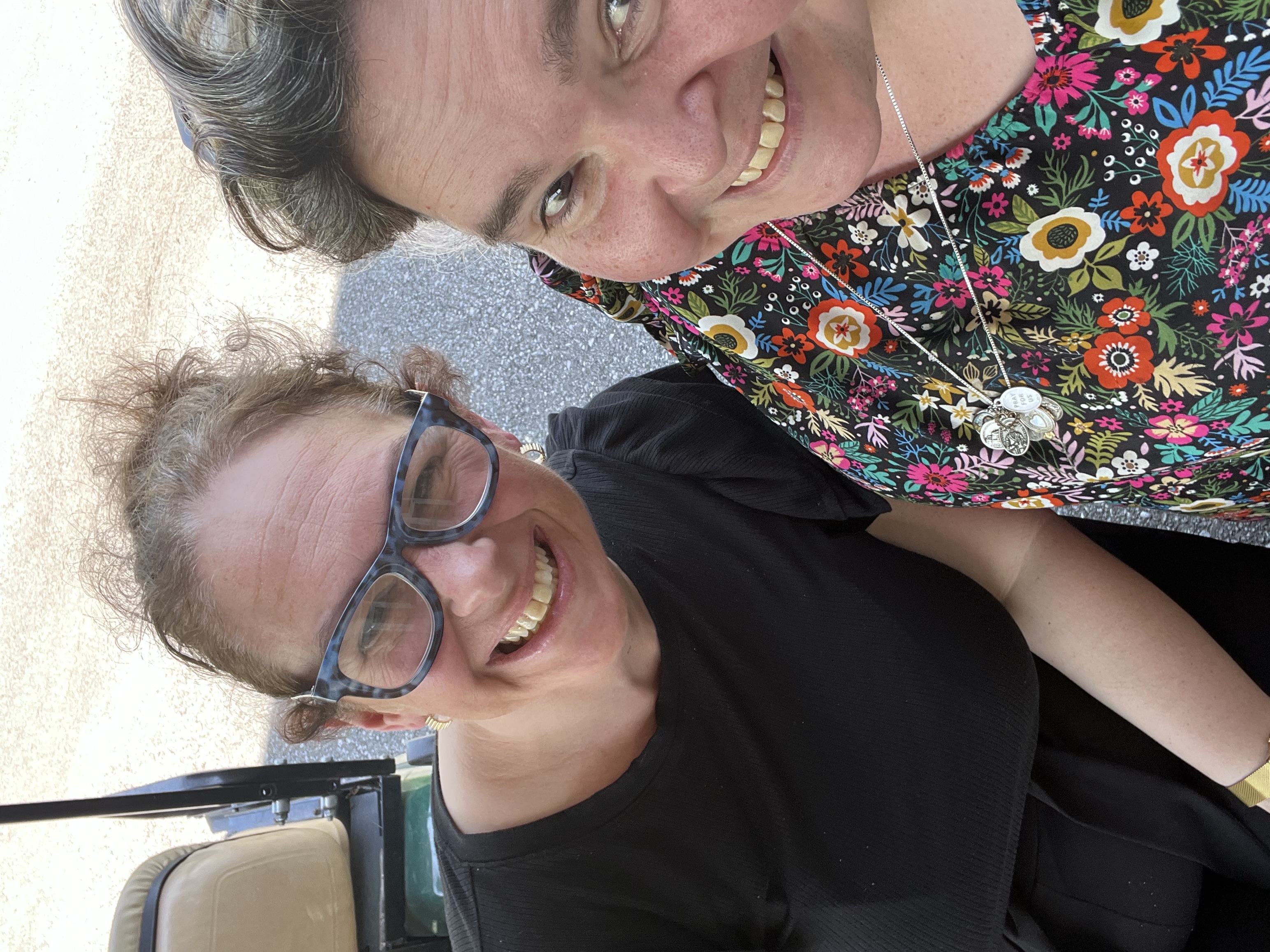
Informal smiles from Julie Baaki, executive director of the North American martyrs shrine, and KJL, who serves on the board of directors there.
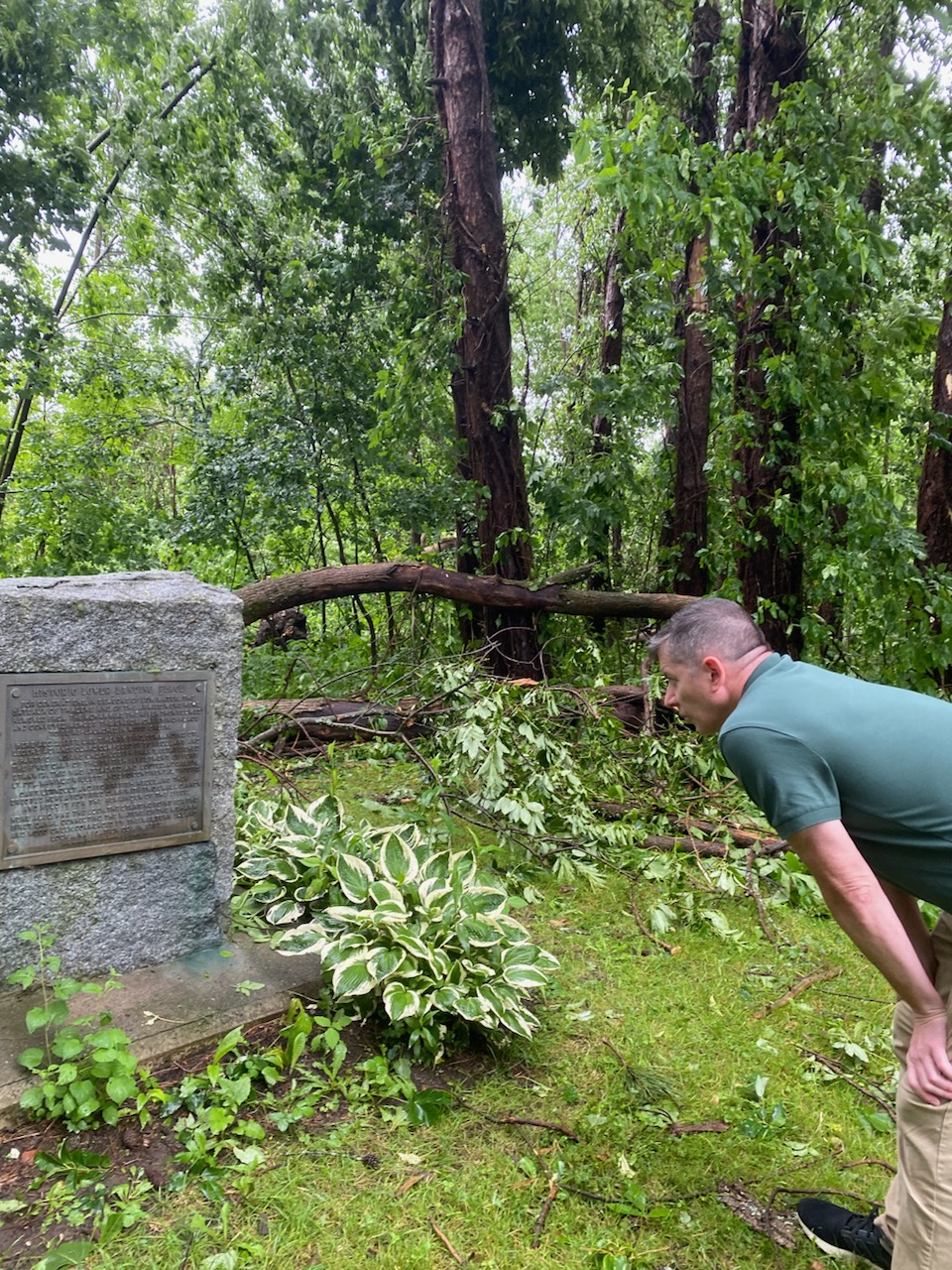
Andrew Doran inspects the monument marking the Oneida Carry outside Rome, New York -- one of the most strategically important stretches of land in our history, the battle for whose control was essential to the American Revolution.
.jpg)
.jpg)
.jpg)
.jpg)
Dr. Milton C. Surnett kindly gave a thorough tour.
.jpg)
.jpg)
.jpg)
.jpg)
John Brown’s farm in North Elba, New York – – an empty stretch in the pristine Adirondacks, where his idea for the attack on Harper’s Ferry was born.
.jpg)
.jpg)
Mary Eberstadt at Tupper Lake in the Adirondacks, birthplace of her stepfather, a farm boy from upstate and veteran of the Battle of Okinawa. “Finding Private Roy,” her essay about his life and legacy, appears in the October 2025 issue of First Things. It is one example of the RUNY project mission: sharing stories unique to the region in the hope of stirring inspiration and appreciation.


Celebrating the 100th anniversary of the beatification of the North American Martyrs in Auriesville on June 21, 2025.
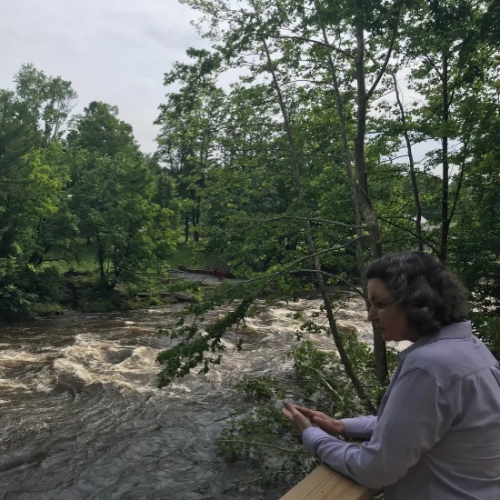
Mary Eberstadt at Fish Creek, home to upstate New York’s most tumultuous whitewater. Oneida Indians fished salmon out of it regularly, and runners would bring some of the catch to Fort Stanwix, ten miles away in what is now Rome, New York.
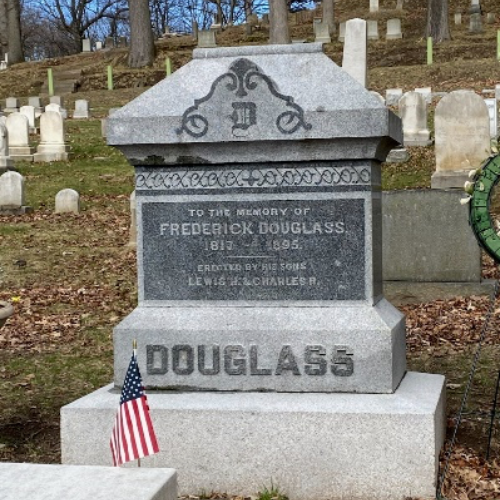
Gravesite of Frederick Douglass, New Hope Cemetary, Rochester, New York. It's a vital touchstone to New York’s rich cultural heritage and America’s journey toward freedom. After escaping slavery, Douglass made Rochester his home from 1847 to 1872, launching The North Star newspaper, aiding the Underground Railroad, and advocating fiercely for both abolition and women’s suffrage alongside Susan B. Anthony.
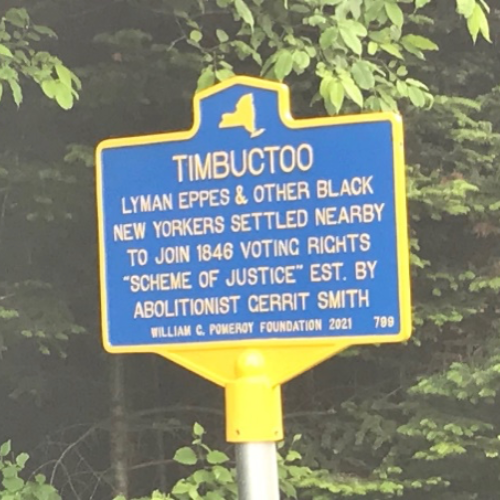
This plaque is all that remains of Timbuktu, a fledgling black community founded in the Adirondacks on land granted to free blacks by abolitionist Garrett Smith. Nearby is John Brown’s farm, which is also also the inspiration for Russell Banks’ award-winning 1998 book about John Brown’s life, Cloudsplitter.
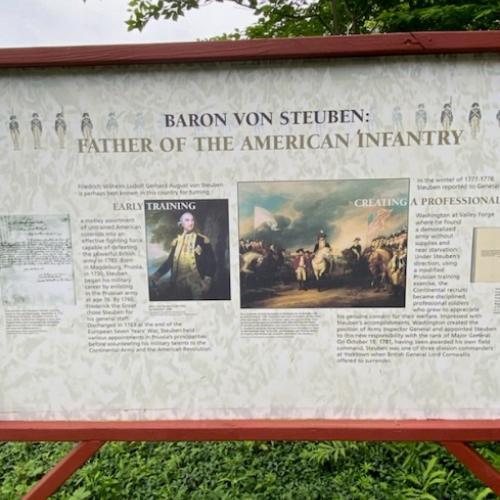

Tucked away in an isolated hamlet in Central New York are the grave and monument to Baron Von Steuben, the Prussian who turned untrained farmers and other colonists into the continental Army. Without him, the Revolutionary War might have gone to the British.

Monument to Kateri Tekakwitha, the first Native American saint, at the National Shrine of Our Lady of Martyrs, Auriesville.

The Hotel Henry Buffalo, formerly the Buffalo State Asylum. Grounds were designed by Frederick Law Olmsted, and buildings by architect L.L. Richardson, in an effort to bring improved surroundings to the mentally ill.
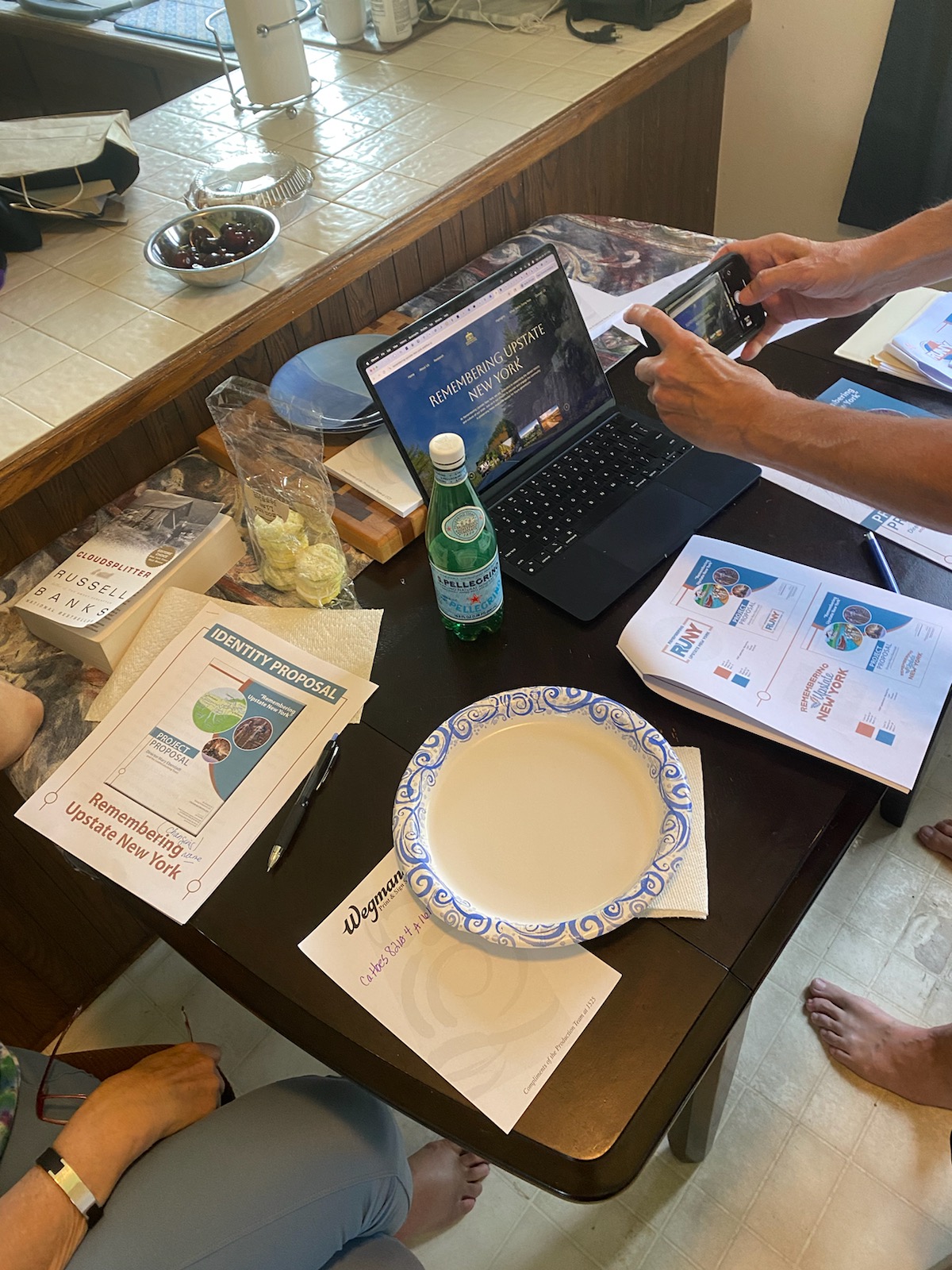
Creative directors Mike Savoy and Judy Kelly reviewing details of the new website.
Your support is vital in helping us bring these inspirational stories to light. Whether through donations or joining our newsletter, you can play an integral role in preserving the history and heritage of Upstate New York. Stay informed about upcoming events, research milestones, and ways to get involved with our mission.




JOIN NEWSLETTER